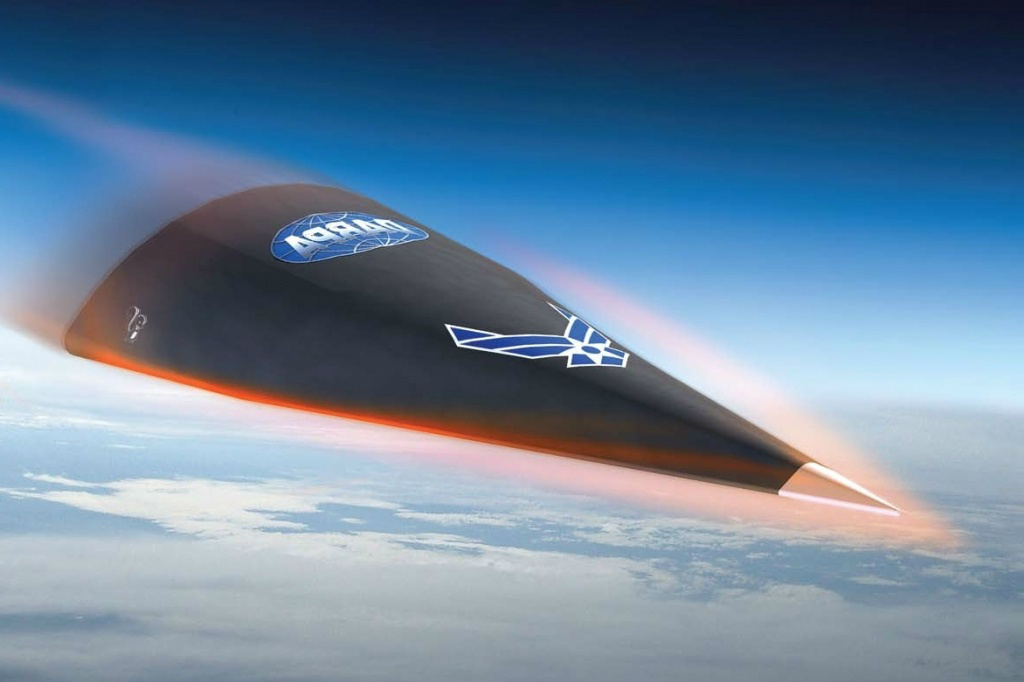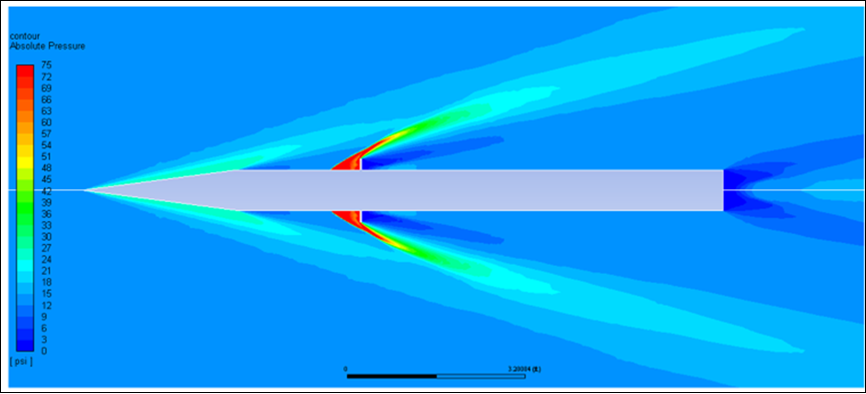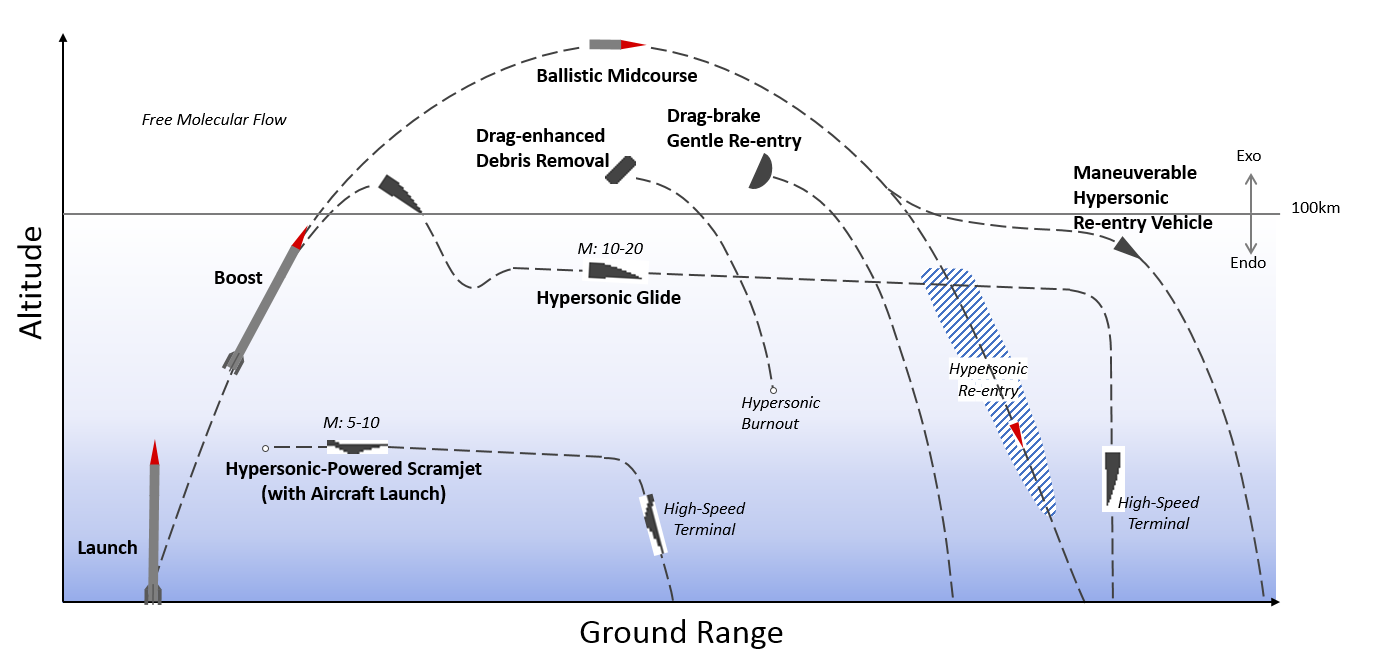Hypersonics

High-speed re-entry vehicles and ballistic missile technology have been a reality for many decades, but the potential proliferation of hypersonic vehicles traversing the atmosphere is just being realized. Our capabilities in the hypersonic flow area span some five decades with demonstrated analyses and modelling expertise for most aspects of high-speed vehicles including the shock layer, the boundary layer and the wake. The aerothermodynamic heating activities have included free-molecular flow in low earth orbit, transitional flows that bridge the rarefiedcontinuum regimes at high altitudes, and the continuum flows at the lower altitudes. In addition, we have used approximate and complete hypersonic boundary-layer models encompassing boundary-layer transition and convective turbulent heat transfer from ablating surfaces. Our turbulence modeling experience includes unique modeling of multi-scale turbulence behavior. The hypersonic wake modeling includes second-order turbulence approaches with non-equilibrium chemistry associated with boundary layer ablation species and high-temperature air constituents in the shock layer. These various studies have been geared to understanding ballistic missile discrimination, re-entry signatures, black-out features, and aerodynamic flight behavior. We modeled fuel-laden wakes for aim point selection following Desert Storm and the breakup of Scud missiles during re-entry. With the advent of hypersonic cruise vehicles in the atmosphere, we developed passive approaches for windows that could be used for ISR and or target designation. A critically important area in hypersonic technology are the thermal protection materials used to keep the vehicle interior from getting too hot. Also, we have developed novel approaches to return astronauts, sensor packages and fragile aircraft structures from space using drag brake methods.
We have specialized models for shock, boundary layer and wake, and technologies to protect the vehicle and its windows and to address communication black-out challenges.

Pressure contours from a CFD simulation of innovative drag brake system for hypersonic sled moving at Mach 5.

